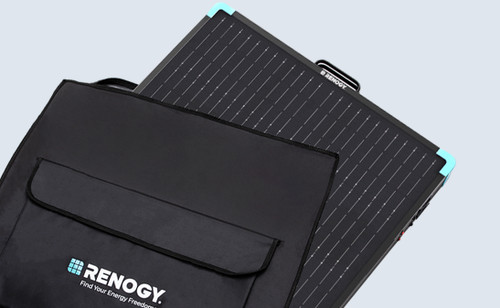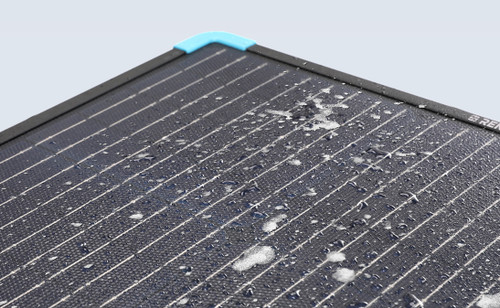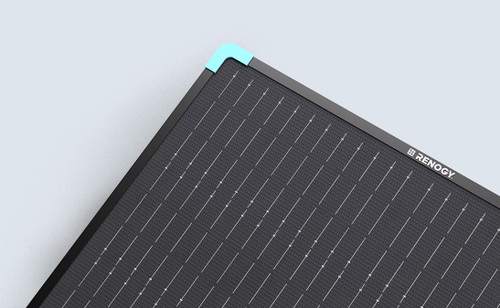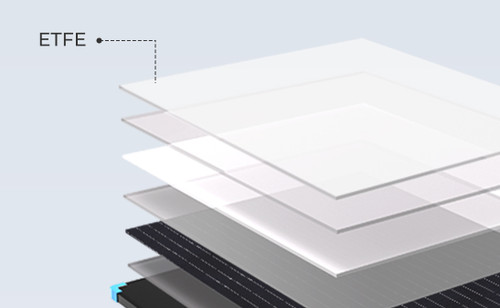









The solar suitcase came without a scratch, every part well padded and sealed. I was nervous about shipping damage but I had nothing to worry about.
Powered wireless speakers and lights for an outdoor gathering. Setup was faster than running extension cords and cleanup was effortless.
This solar suitcase powered our mini fridge during a weekend in the woods. Super sturdy and portable.
Set it up in minutes in our garden and ran the lights during a family dinner. Sleek design and durable.
I received the package within just three days and everything arrived in perfect condition. The suitcase was well protected and the tracking was accurate the whole way.
I used the solar suitcase to power a home battery backup during a weeklong power outage caused by a storm. It easily recharged my power station each day. The fiberglass panels handled unexpected rain without issue and IP68 connectors stayed dry throughout.
Left it at camp and charged headlamps and battery packs. Very portable carrying case.
Set it up beside my RV during a weekend rally. It supported fans and lights and acted as a reliable backup to the RV's onboard solar.
We set it up beside the RV and ran fans overnight. Reliable and efficient solar power.